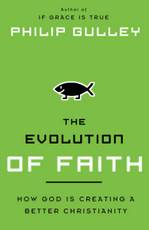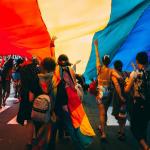“Smells and bells” is a short-hand, colloquial way of speaking about high church liturgy, especially Orthodox and Catholic. It is sometimes contrasted with “Happy Clappy” low-church liturgy of Pentecostals, Baptists, and many “non-denominational” churches. I’d like to consider LDS liturgical life in contrast to the smells and bells form to uncover a bit about what sorts of knowledge and experience these rituals are meant to convey.
One of the obvious features of smells and bells is its reliance upon olfactory and auditory senses to communicate sacred space, time, and a transcendent experiences. (The question of exactly what ritual and liturgical life is meant to accomplish is fraught, and several books have been written on this question, most importantly for me is Catherine Bell, Ritual Theory, Ritual Practice. In many ways, the question itself is bound up in a Protestant-Catholic debate that has been raging for centuries, and Anglophone dismissal of “rituals” as an inferior, primitive form of worship inflected most scholarship up to the late 1970’s, and continues today. But I digress.) To answer the question loosely of what smells and bells do is transport the person into an alternative place, in some cases Heaven itself, or the divine presence. These practices are often derived from such texts as Isaiah 6, Ezekiel, Leviticus, Revelation, etc, and are consciously imitating ancient Israelite temple rites.
In a typical service of this type, one might experience olfactory sensations, auditory experiences from different instruments and voices, play with vision, such as different lighting, hiding and revealing to signify mystery, bodily movement and poses, verbal communication, sometimes in mysterious language, the use of ritual clothing, the modification or alteration of how one speaks with respect to volume, intonation, etc.
While the LDS temple has most often been compared to liturgical life of this sort, in many ways it differs. Temple rites focus on primarily verbal communication, straight-forwardly-visual images, and movement and touch. There is no music. There is no smell.
This raises for me two sets of questions: First, what does such a ritual enactment of sacred space say about how we view the sacred? Does such a ritual presentation spring from an impoverished imagination about heaven, perhaps rooted in the anti-Catholicism that was the fabric of 19th c. America? Or, do the elimination of musical and olfactory experiences enhance the sacred experience? Can we get by in creating an alternative space by ignoring certain sensory experiences?
Second, from what does such a presentation spring? I have already mentioned anti-Catholocism, but I wonder to what extent the modern reinvention of the senses plays a role in the LDS ritual imagination. Leigh Schmidt’s book Hearing Things shows how the Enlightenment literally changed the way we hear, what we hear, and how it is interpreted. He shows how the shift to empirical ways of knowing and hearing caused us to stop hearing God. He suggests that we ask why we stopped hearing God rather than why premoderns heard him. The metaphysics of prescence were altered in the creation of modernity. Though in many ways Mormonism straddles the modern and the premodern in this regard, we find ourselves frequently on the modern side of things with respect to sensory and empirical knowing. Can the same be said for smells and even the lack of mystery and symbol in the visual experience in the temple?











